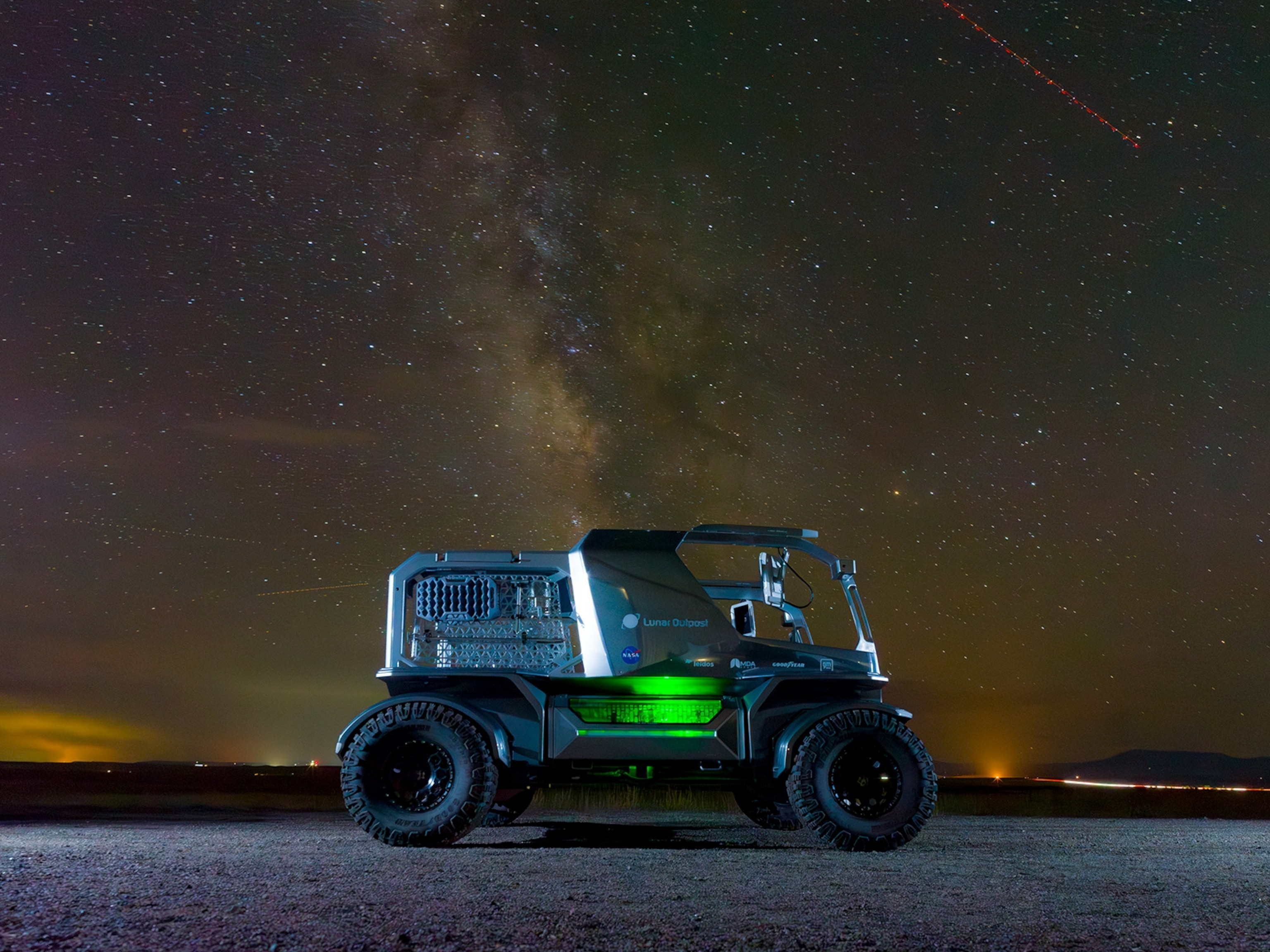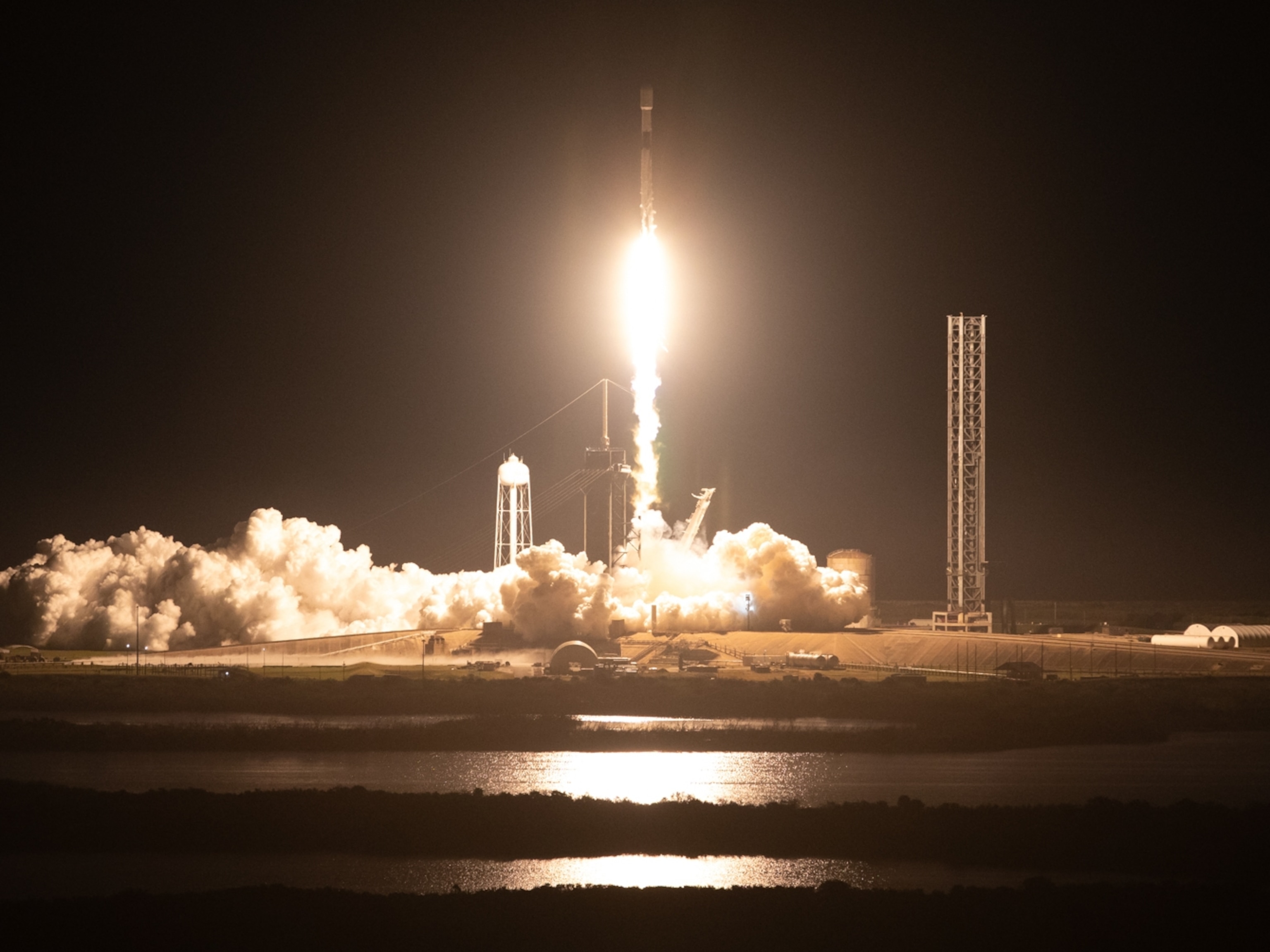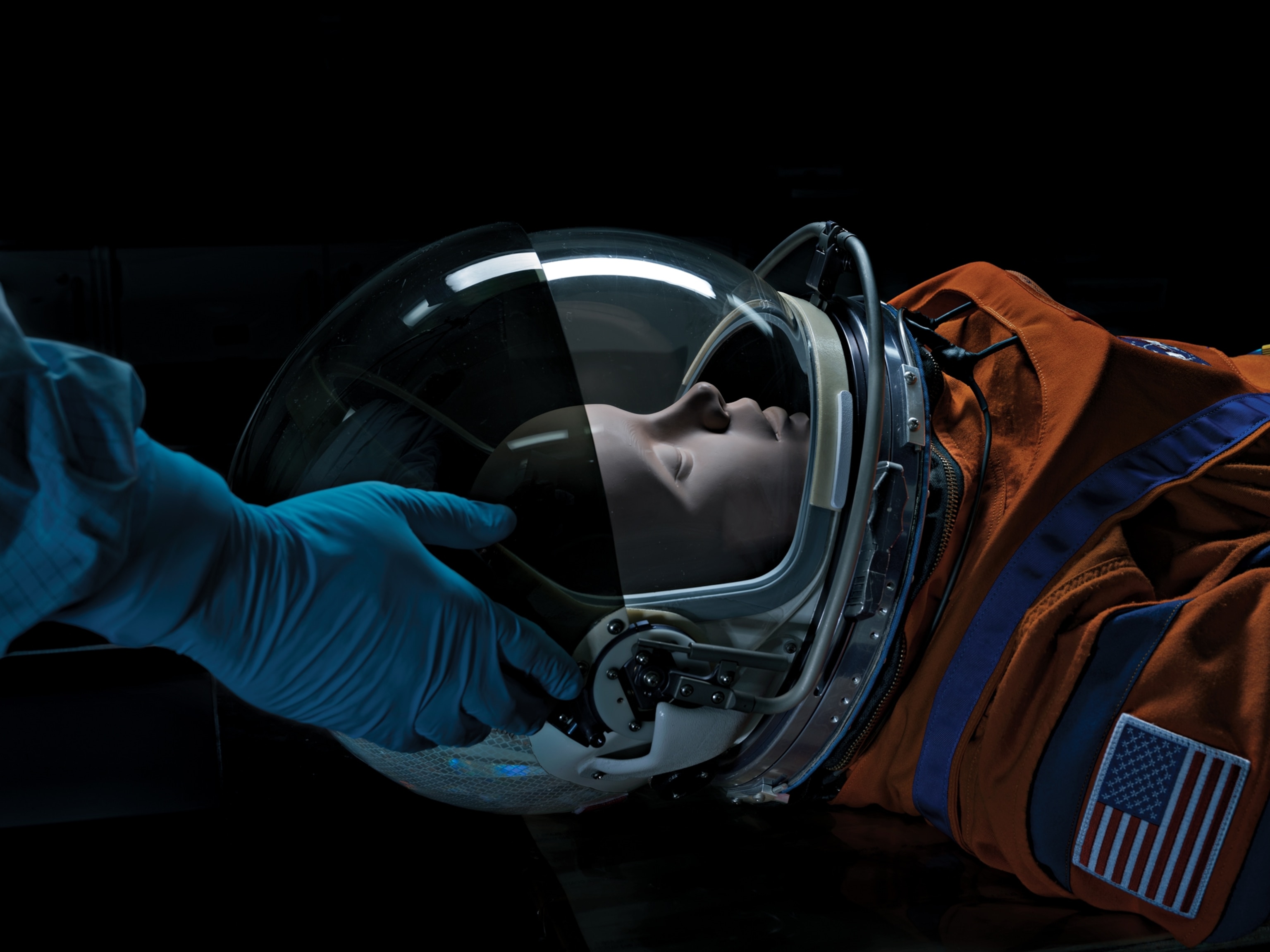
NASA's Orion Tests Future of Manned Spaceflight
The unmanned capsule splashed down in the Pacific Ocean on Friday morning.
Update: NASA's Orion spacecraft launched successfully at 7:05 a.m. EST on Friday. The space capsule, unmanned for this test flight, successfully splashed down in the Pacific Ocean at 11:29 a.m. EST.
A trial by fire awaits the astronaut capsule intended for NASA's future deep space voyages, now sitting atop an unmanned rocket on a Florida launchpad.
Orion is intended to carry four astronauts aloft on 21-day missions that will fly higher than low Earth orbit, beyond the altitude of the International Space Station, which travels only 270 miles (430 kilometers) up. The capsule's reentry test will show whether its new heat shields can withstand temperatures of 4,000°F (2,200°C) as it passes through the atmosphere on its high-speed return from deep space missions.
"This is the beginning of exploring beyond low Earth orbit," said NASA's Mark Geyer at a Kennedy Space Center briefing on Wednesday. "We have to see how it performs in deep space." (See "Future of Spaceflight.")
Space agency officials scrubbed a planned Thursday launch of the Orion space capsule from Kennedy Space Center, citing sticky fuel valves on its massive Delta IV Heavy rocket boosters that couldn't be fixed before its morning launch window closed at 9:44 a.m. EDT.
"Our plan is to launch tomorrow," said Geyer. "If it looks reasonable, then we are going to proceed."
This reentry test is an unmanned run for the capsule, part of a decade-long, $9-billion development effort by NASA intended to eventually carry astronauts on deep space missions, starting in 2018. If funding comes through, Orion will help carry astronauts on an asteroid exploration mission around 2025, and someday to a deep space habitation vehicle for future years-long trips to Mars.
On its 11-minute reentry plunge through Earth's atmosphere, the capsule will reach speeds of 20,00 miles (32,000 kilometers) per hour. If the launch is successful, Orion will circle the Earth once at space-station altitude and then proceed to a higher elongated orbit that peaks some 3,600 miles (5,800 kilometers) above the Earth before plunging back to a splashdown in the Pacific Ocean.
U.S. Air Force weather officers estimate a 40 percent chance of the weather permitting the launch on Friday morning. Launch could be precluded for safety reasons by high winds, rain, or lightning. Winds of 21 knots had briefly halted two launch attempts on Thursday morning, before the valve problem cropped up, says Dan Collins of the United Launch Alliance, which manages the rocket launch. Geyer expressed confidence in the intermittency of the wind still allowing a launch on Friday, despite the weather odds.
If the launch doesn't take place on Friday, Collins says, the launch team will have to push the launch back to refill the rocket's liquid hydrogen tanks. The tanks' fuel slowly boils off while the Delta IV sits on the launchpad.
Follow Dan Vergano on Twitter.





